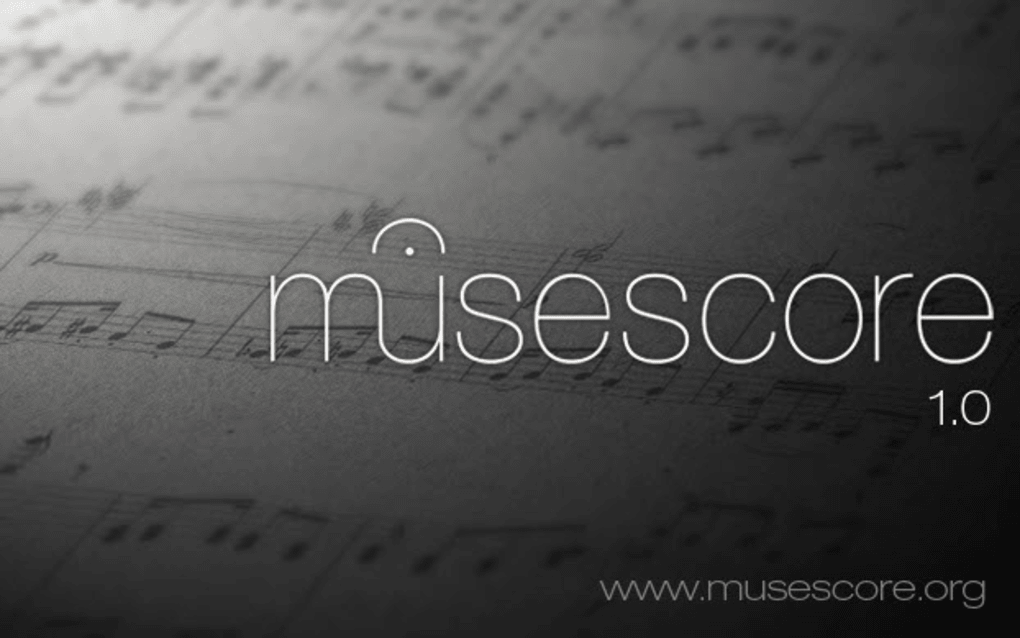How To
How to write sheet music for free with MuseScore 2
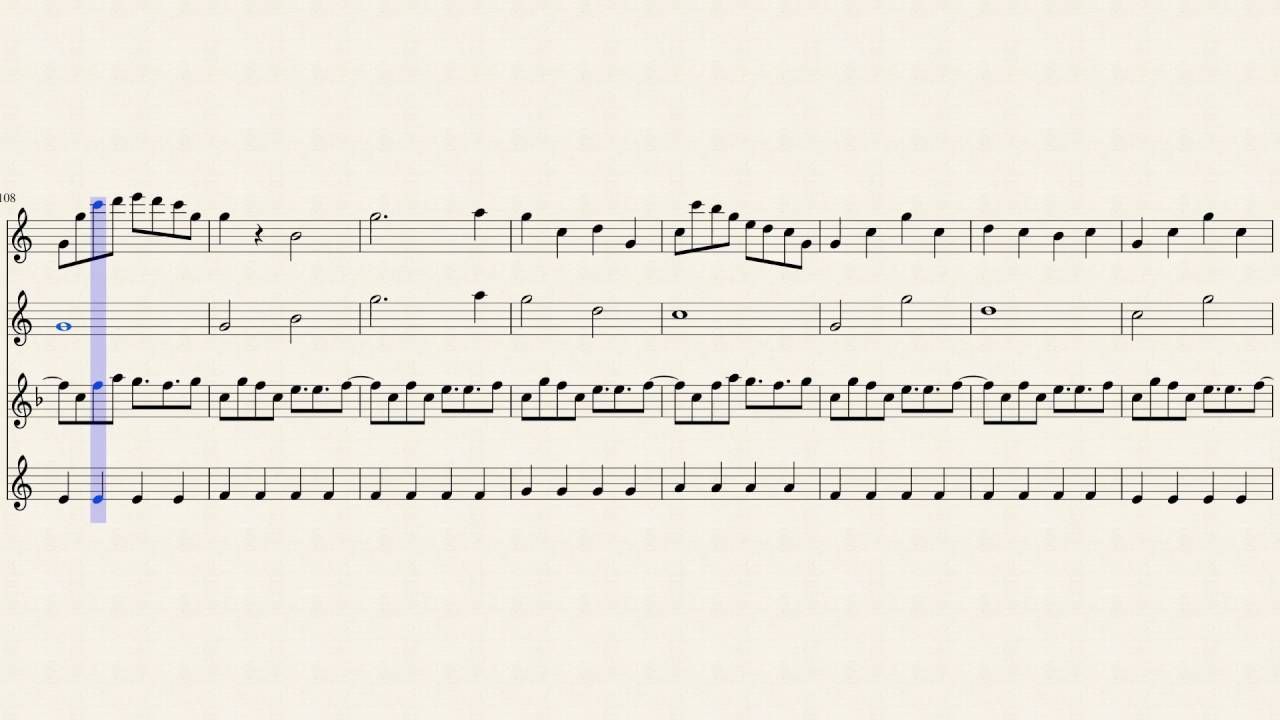
- July 19, 2018
- Updated: July 2, 2025 at 6:16 AM

In a hurry to write down a melody playing in your head? Are you looking to transcribe a rock song for your band to cover? Or maybe you want to hammer out a melody on your MIDI keyboard and have it appear on-screen next to you?
If the answer to any of these is “yes,” then MuseScore was created for you. Not only that – it’s totally free. You can grab it here right now:
So this is like Finale or Sibelius?
Short answer: Yes.
Long answer: MuseScore 2 is a score writer for Windows, Mac, and Linux – just like Finale or Sibelius – the latter of which can cost upwards of $600. Musescore 2 has practically all the bells and whistles of its more famous brothers: It transposes for you; notates for you; beams, splits, and orders measures; balances lines and complex rhythms; and even includes notation for articulations and accents. To the untrained eye, it’s tough to tell which of these two pictures is from the free program:
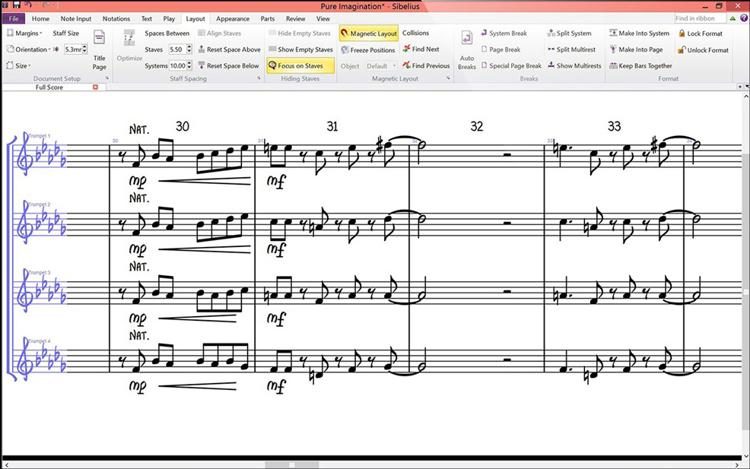

So what’s the drawback?
The only limitation here is how quickly you’ll actually be able to perform these maneuvers. The learning curve for MuseScore is steep compared to learning Sibelius, and is certainly less elegant than Finale. After our first 45 minutes, though, we found the answers to most of our questions had been right in front of our face the whole time.
Anything that we didn’t find immediately in the main toolbar was buried under one of the tabs in the ‘palettes’ window on the left:
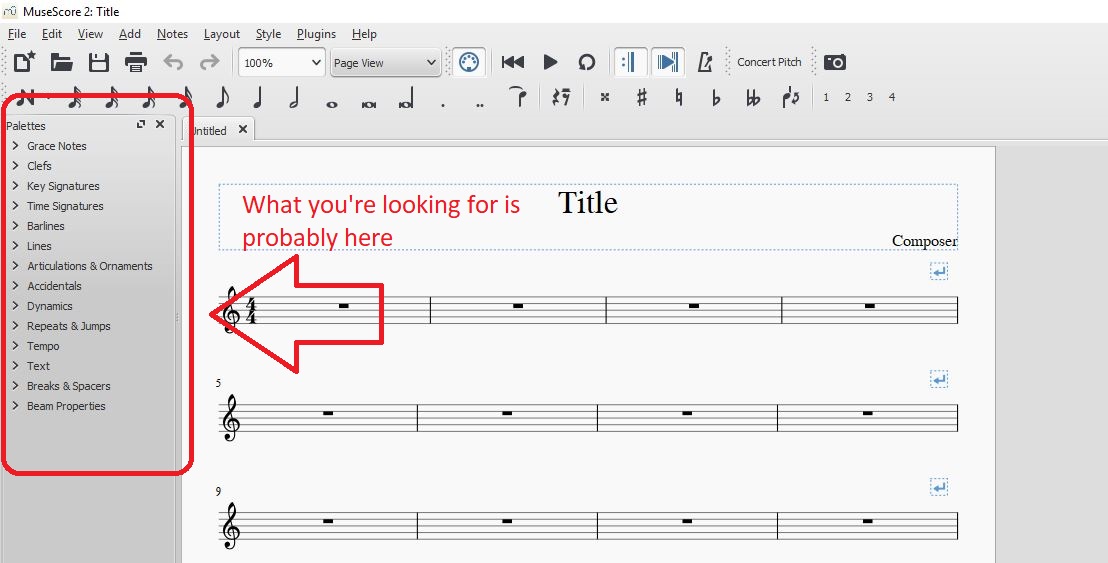
Playback options are as simple as hitting ‘play’ up top, and we were excited to find that upon completing our score, dividing it into separate instruments was as simple as clicking on ‘parts’ in the File drop-down on the top left:
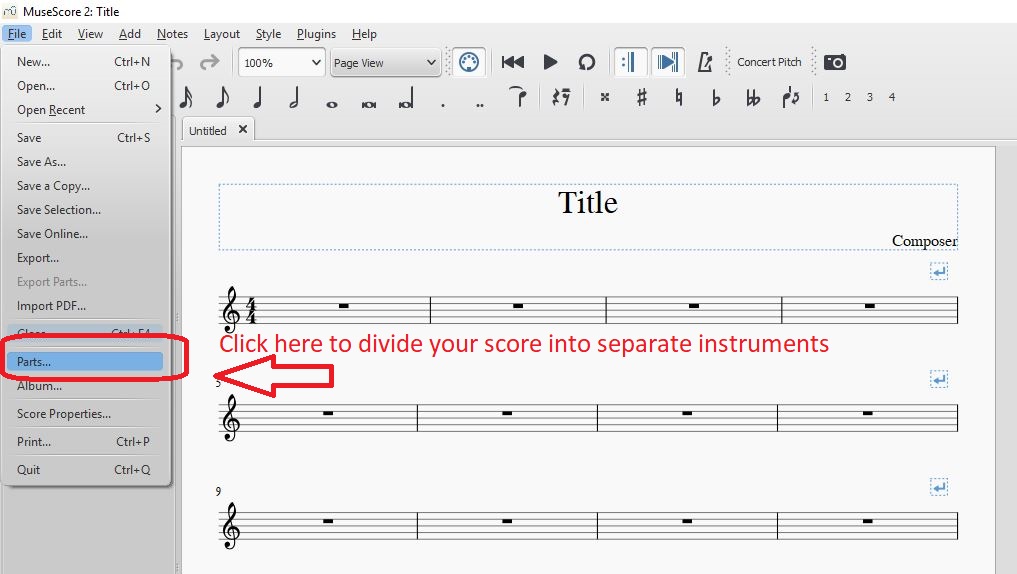
What can I do with this program?
MuseScore 2 boasts a surprising variety of utilities, and really covers all the bases you can think when writing, arranging, or transcribing music. Its features include:
- Add chords and lyrics to anything you write
- Play a MIDI keyboard in real time and see it dictated on screen in MuseScore 2
- Add, copy, repeat, or move large selections with the clipboard
- Upload your audio to MuseScore.com so others can listen to your work
- Reorder score tabs and add/remove brackets for accidentals
- Choose to add rhythms first, pitches later (useful if you’re transcribing in a hurry)
If you want to check out MuseScore 2 in action, it’s all here in this video:
Lastly, since MuseScore 2 is free, it means that musicians around the globe are already using it to transcribe and transpose music. As such, there’s a hefty catalog of free sheet music that’s been uploaded by the MuseScore community.
Definitely check this out because someone else may have already finished what you’re about to start on. Anything from this catalog can be downloaded as a .pdf, too, so you don’t even need MuseScore to access them!
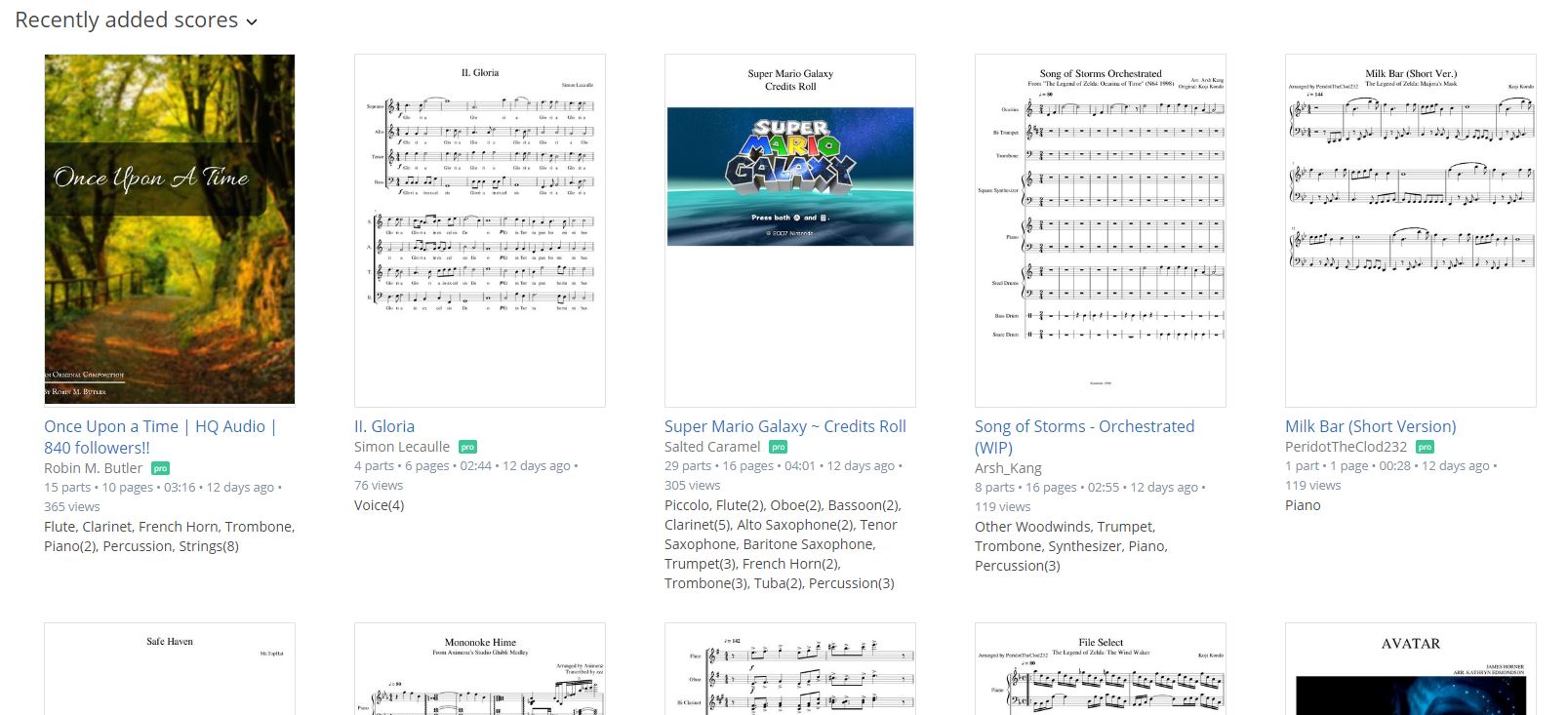
Give it a whirl. We’re anxious to see what you can add to MuseScore 2‘s growing library!
You may also like
 News
NewsBattlefield 6 has a glitch that allows its players to fly, but EA is not amused by it
Read more
 News
NewsRiot Games is working on a new game in the Valorant universe
Read more
 News
NewsSplinter Cell: Blacklist confirms a second season for Netflix
Read more
 News
NewsThe creators of Stranger Things left Netflix for a reason that the platform could not address
Read more
 News
NewsA bug in Total War: Warhammer 3 causes players to sink the game on Steam
Read more
 News
NewsOne of the biggest PlayStation franchises will soon be coming to PC
Read more
